(Okay, scratch that. We may actually need the chocolates for this one).
Nothing says February quite like a romantic tale. While there will always be great modern romances, there will also always be room on your shelf for the classics. As authors like Jane Austen or the Bronte sisters were penning tragic, intoxicating, head-over-heels stories in the early/mid nineteenth century, they helped contribute to the romance genre that we know today.
So while others on V-Day were out braving the elements or spending half of their paychecks on a candlelit dinner, do not feel like you were missing out. After all, isn't the one person whom you should love and take care of above all else, yourself? So curl up inside your fluffy bed, draw yourself a bubble bath, or sip some tea on your couch as you dig into these timeless romantic classics.
And just remember, whatever your relationship status is – "single," "in a relationship," "it's complicated" – anyone can enjoy a good old-fashion love story. Besides, you deserve to treat yourself on a memorable date with classic literature.
#1: Sense and Sensibility by Jane Austen (1811)
#2: Jane Eyre by Charlotte Bronte (1847)
#3: Pride and Prejudice by Jane Austen (1813)
#4: Wuthering Heights by Emily Bronte (1847)
#5: Mansfield Park by Jane Austen (1814)
#6: Shirley by Charlotte Bronte
#7: Emma by Jane Austen (1815)
#8: Villette by Charlotte Bronte (1853)
#9: Northanger Abbey by Jane Austen (1817)
#10: Madame Bovary by Gustave Falubert (1856)
#11: Persuasion by Jane Austen (1817)
#12: Lorna Doone by R.D. Blackmore (1869)
#13: Little Women by Louisa May Alcott (1869)
#14: Anna Karenina by Leo Tolstoy (1877)
#15: The Portrait of a Lady by Henry James (1881)
#16: The Age of Innocence by Edith Wharton (1920)
#17: Lady Chatterley's Lover by D.H. Lawrence (1928)
#18: Gone with the Wind by Margaret Mitchell (1936)
#19: The End of the Affair by Graham Greene (1951)
#20: Doctor Zhivago by Bori Pasternak (1957)
#21: Lady of Quality by Georgette Heyer (1972)
#22: The Princess Bride by William Goldman (1973)
#23: Love in the Time of Cholera by Gabriel Garcia Márquez (1985)
#24: Romeo and Juliet, William Shakespeare (1597)
#25: A Room with a View, E.M. Forster (1908)
#26: A Midsummer Night’s Dream, William Shakespeare (1605)
#27: The Blue Castle, L.M. Montgomery (1926)
#28: Twelfth Night, William Shakespeare (1602)
See? Who needs a Valentine when you have books?
And chocolate!
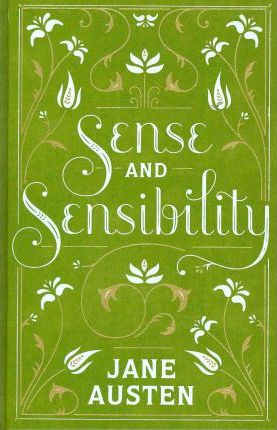
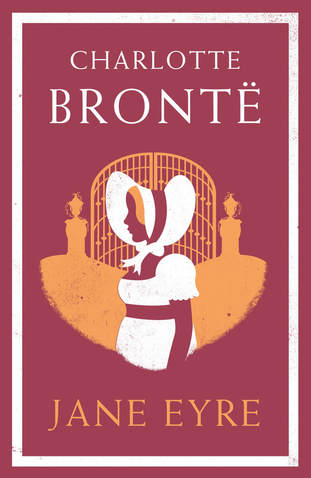
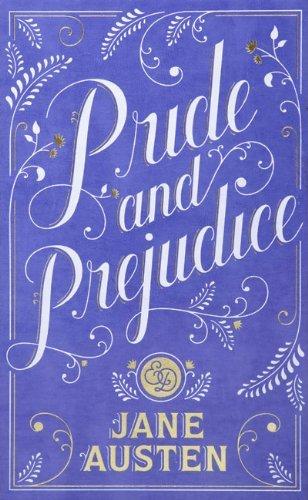
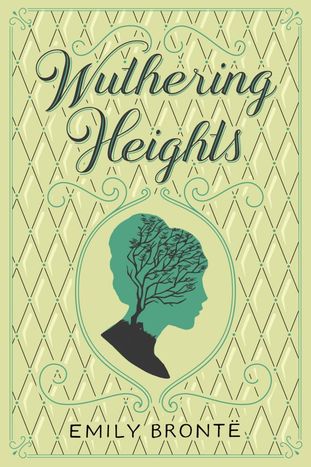
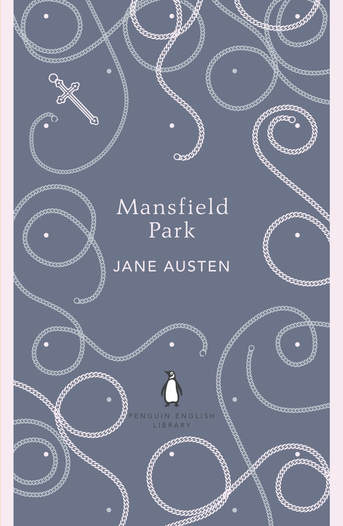
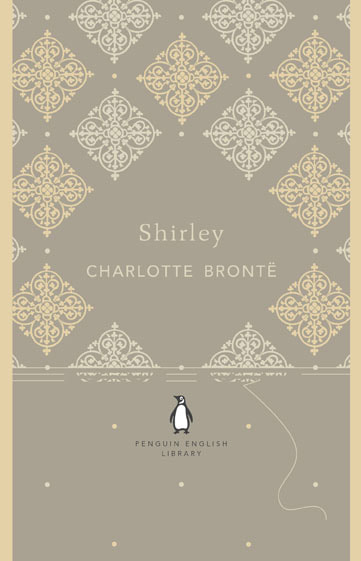
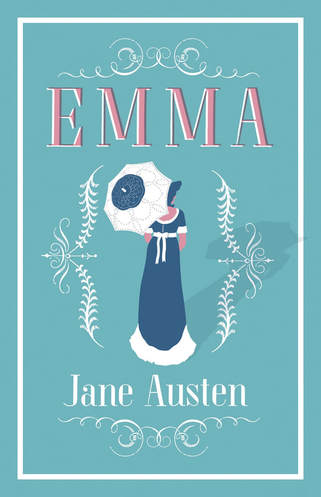
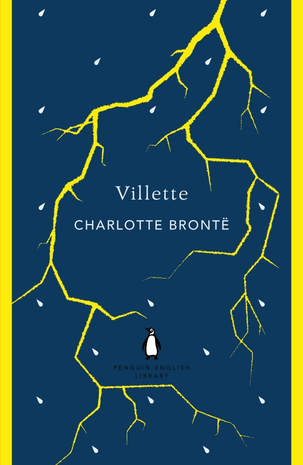
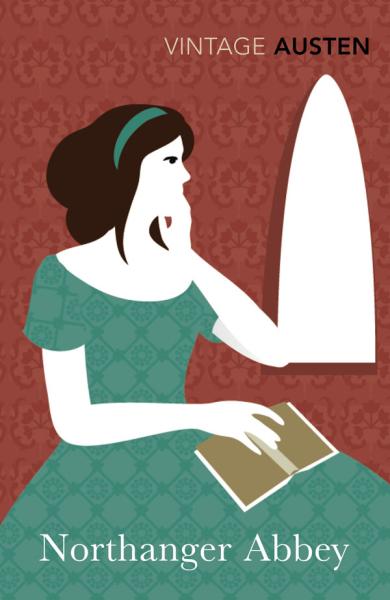
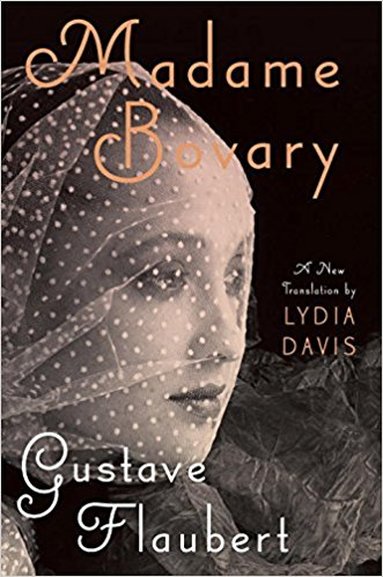
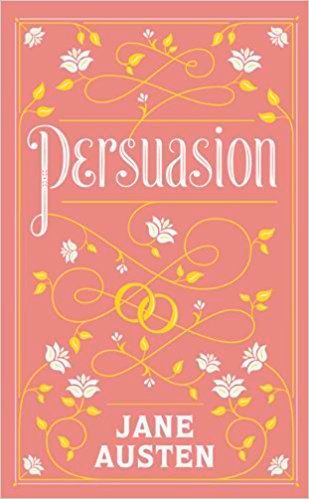
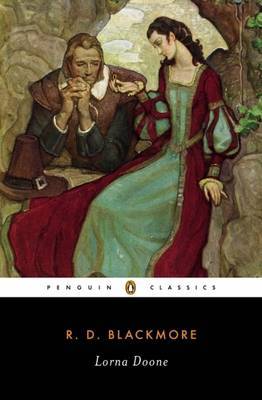
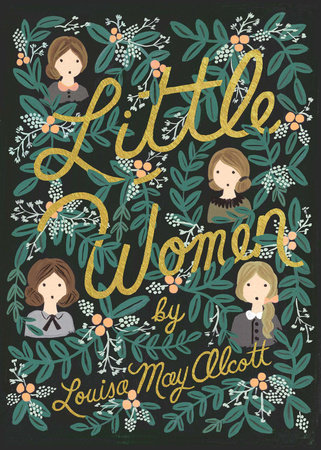
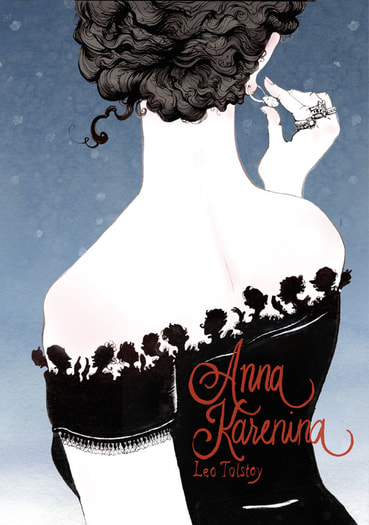
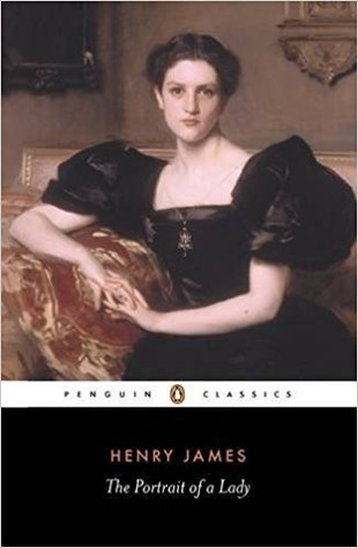
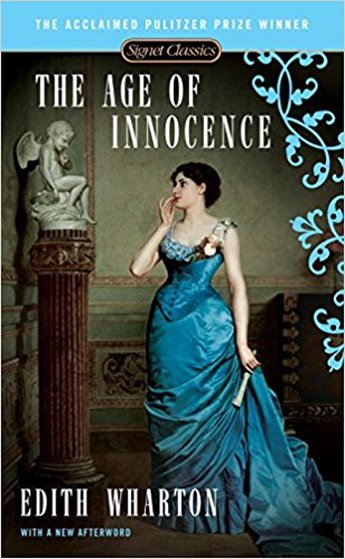
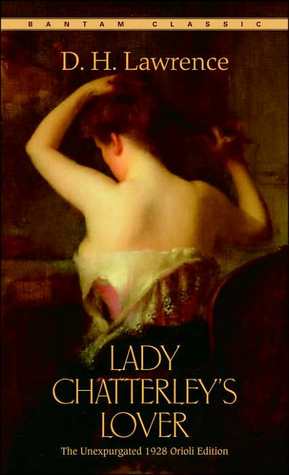
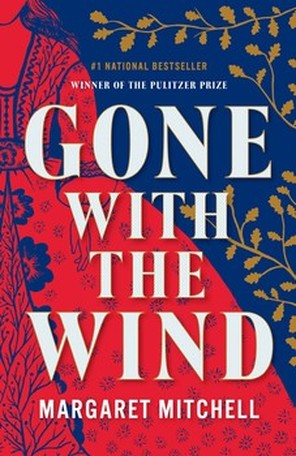
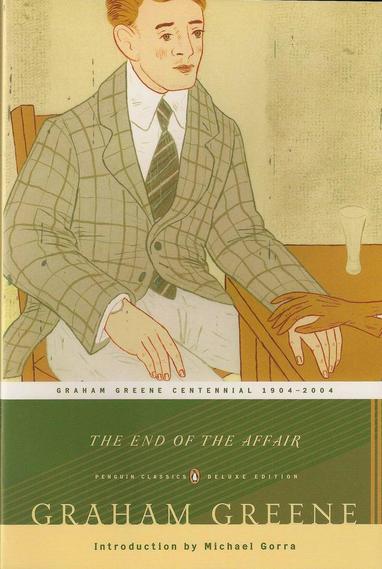
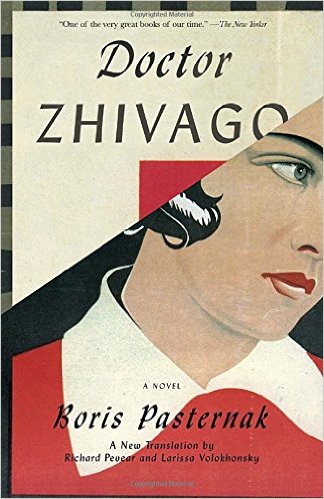
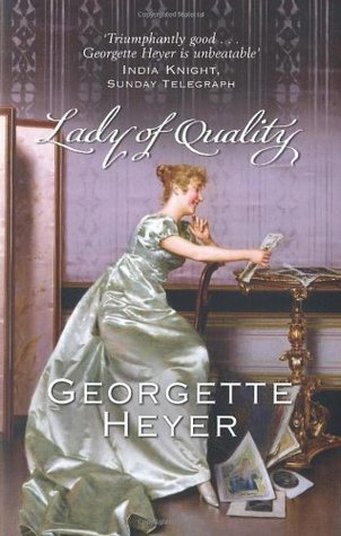
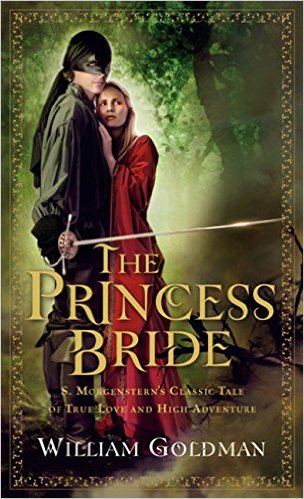
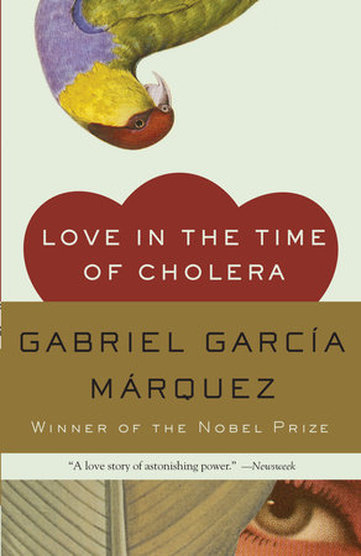
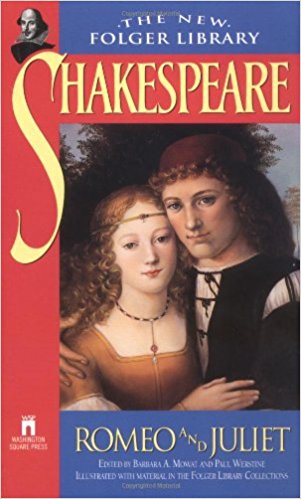
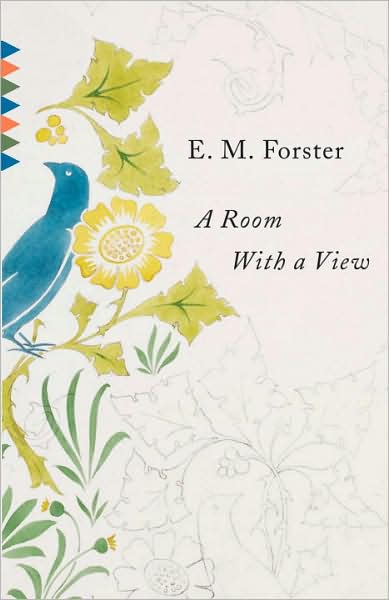
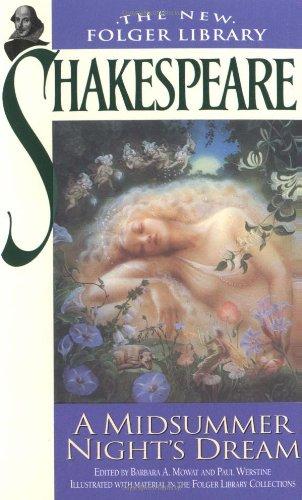
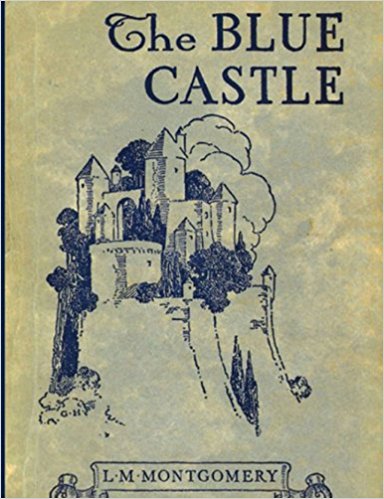
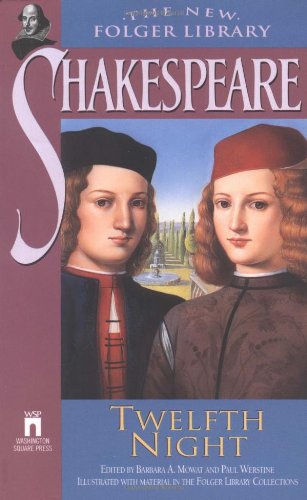

 RSS Feed
RSS Feed
